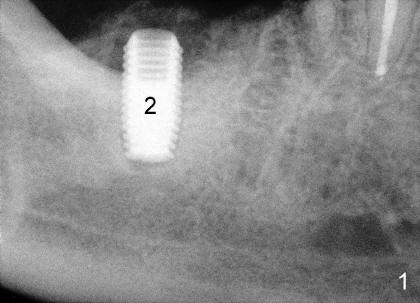
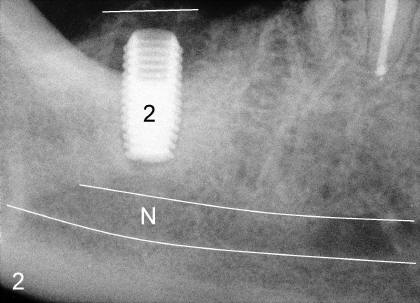
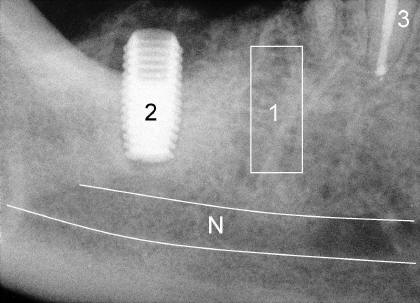
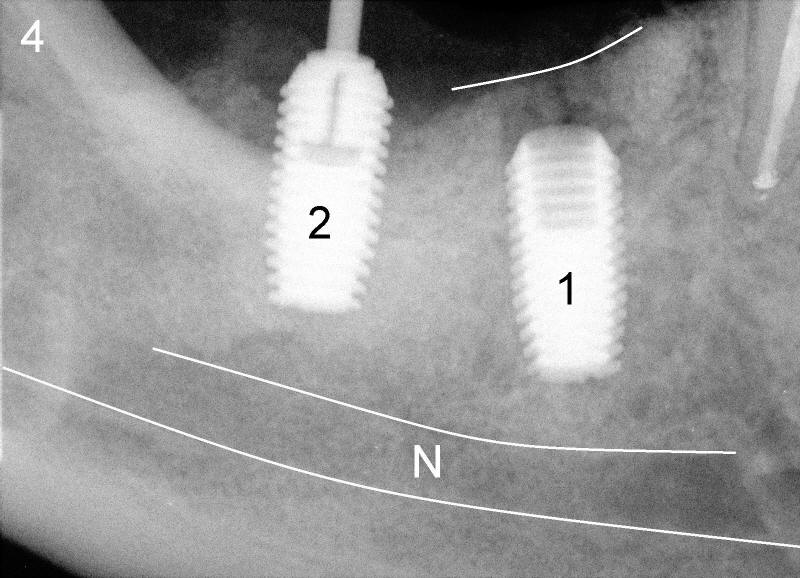

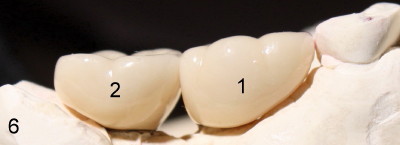
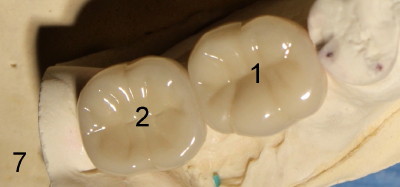

 |
 |
 |
 |
 |
 |
 |
 |
No Pain with Implant Surgery
No pain no gain is not applicable to implant surgery. The latter is associated with no or minimal pain. But gain is tremendous: we will get a new solid tooth after a while.
People are afraid of extraction, because it is usually associated with pain. When it is time to restore the missing tooth, people are more dreaded about implant, thinking of drilling a hole inside our jaw bone. It must be terrible. This can be applied to Mr. Ding at the age of 60s. He is very nervous. To make thing worse, his jaw bone at the 2nd molar area is very thin. We need to use chisels and hammer to expand the bone so that an implant can be placed inside the bone. We use quite a lot of tapping, but he does not feel any physical pain during the surgery. He is very quiet. Immediately after surgery he says that he feels like that chisels go through the bone and make exit on the other side of the jaw. We feel so bad for his psychological pain.
One month later he returns for denture adjustment. He is pleased to tell us that he does not feel any pain after numbness wears off. Wound heals well after surgery.
Why does apparently terrible implant surgery have no pain? Because our bone has no nerve. The covering gums have nerve, but they are easily to be numbed with local anesthesia. Why does extraction have so much pain? Because the tooth to be extracted is usually having severe infection. The latter makes anesthetic difficult to work.
With proper design, the implant is successfully placed in the 2nd molar region (2 in Fig.1), about 2-3 mm below the top of the bone (white line in Fig.2, the same as Fig.1 except new labels). The implant does not touch the underlying nerve (N in Fig.2). It happens two months ago. Mr. Ding is coming back soon for a 2nd implant in the 1st molar area (1 in Fig.3 (design)). With good preparation, this implant is hoped to hit on the money again. In fact, the second procedure also goes on smoothly (Fig.4).
Several months later, Mr. Ding returns for placement of abutments (A in Fig.5) over the implants. Eventually he get two new crowns on the top of the abutments (Fig.6 side view (the same as X-ray); Fig.7 bite view (turning 90 degree toward us). Fig.6 and 7 are taken while the crowns are seated in the dental model. The patient has worn these two crowns (C) for 2 years and 5 months when X-ray is taken (Fig.8). He is pleased that he has chosen implant treatment. The discomfort associated with implant placement means nothing as compared to how easily and comfortably he can chew now. On the other hand, the partial denture he keeps on the top left is not as good as implants.
Xin Wei, DDS, PhD, MS 1st edition 06/12/2011, last revision 07/08/2014